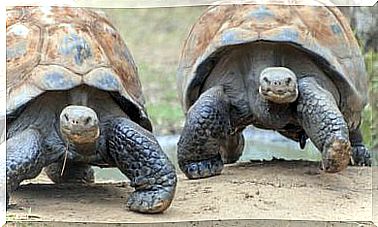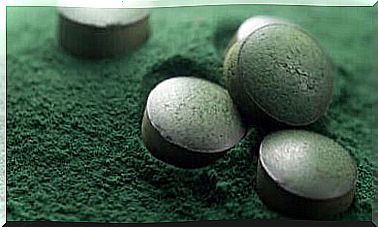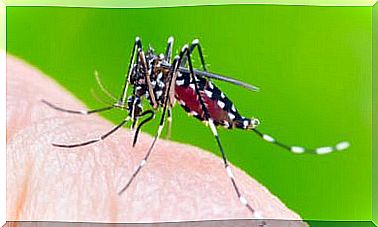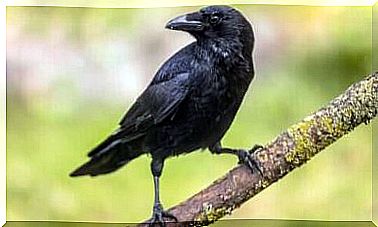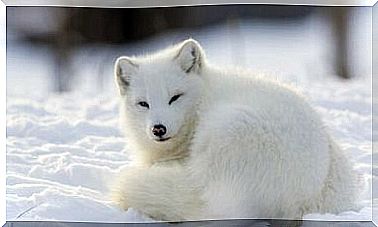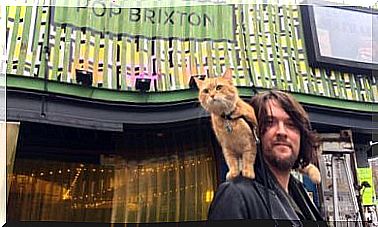Anesthesia For Pets

Animals also require anesthesia for various surgical procedures to keep them quiet and prevent pain. It is also used in various examinations. For example, for x-rays and endoscopies.
The use of anesthesia is different for each animal. This depends on factors such as species, age, weight, height, race and previous illnesses.
Before the anesthesia
Before administering any type of medication, a number of tests are carried out to determine the method to be used.
In addition, it is important to ensure that the pet’s organism is in optimal condition.
Remember, there are animals that shouldn’t be stunned.
In order to obtain the necessary information before the anesthesia, the following examinations are carried out:
- complete blood analysis
- electrocardiogram
- full and accurate physical examination
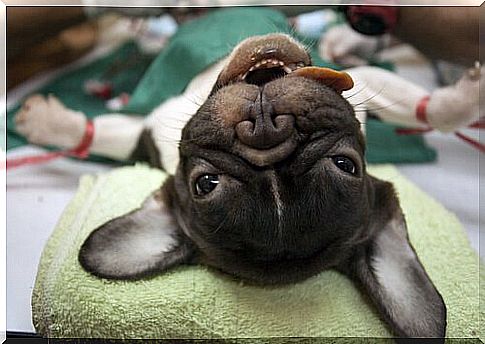
Methods of anesthesia in pets
There are basically two methods of anesthesia for animals:
Local anesthesia
Local anesthetics are agents that relieve pain when applied to nerve tissue in appropriate concentrations. It is the anesthetic that is used the least.
This calming effect is achieved by preventing a sensitive nerve impulse from being sent from the recipient to the cerebral cortex. This method is used locally for certain operations.
The active ingredients for local anesthesia first enter the bloodstream and are completely destroyed after a certain period of time. In contrast to general anesthesia, they do not affect consciousness.
The effect of this anesthesia is temporary, although there may be some risks. Risk factors are, for example: age, acid-base balance, hepatitis, cirrhosis and malnutrition.
general anesthetic
This type of anesthesia is the most common. The effects are:
- Hypnosis leads to loss of consciousness.
- Analgesia is the loss of sensitivity. This way you don’t feel any pain.
- Muscle relaxation is caused by the loss of mobility.
- Due to the loss of reflexes, no involuntary movements are carried out.
- The amnesia causes the animal not to remember the operation.
It should be noted that this form of anesthesia is used on an empty stomach. The more painful the procedure, the deeper the anesthetic must be. This allows the vet to operate in peace without the animal moving.
General anesthesia is used for certain important interventions: For example, castration or sterilization, fractures, emergency operations, severe wound healing and also for dental problems.
In general , the risks of anesthesia for pets are low. In some cases, however, one has to weigh up whether the dangers do not outweigh the benefits of the surgery.
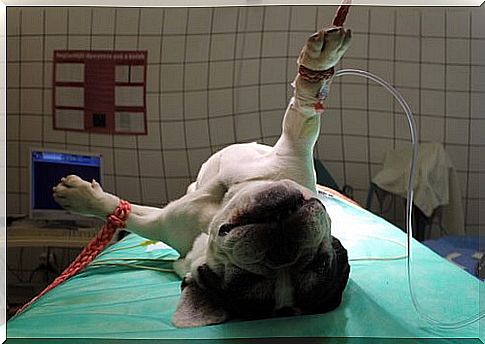
Phases of general anesthesia in animals
Phase 1: premedication
It consists of administering medication to relax the muscles of the animal so that it does not feel pain. You should be present during this premedication so that the animal can calm down and reduce stress.
This means that lower doses of medication are subsequently necessary. In addition, the recovery phase is made clearer.
Phase 2: induction of anesthesia
At this stage, a probe is inserted that remains in place throughout the procedure and allows for intravenous drug administration. The animal falls asleep completely. This facilitates endotracheal intubation, through which anesthetic gases and oxygen are administered.
A mask is also normally used to deliver the necessary gases. This mask is transparent so that the airways remain visible.
Phase 3: Maintenance
This is the phase where the surgical procedure is performed, the most important moment. Anesthetic gases and oxygen continue to be supplied throughout the process as they keep the animal asleep.
Phase 4: diversion
In the last phase the supply of anesthetic gases is stopped and only oxygen is supplied. The hollow probe is carefully pulled out and one waits for the animal to wake up. Remember, it is not advisable to leave the pet alone. It must be constantly monitored.

